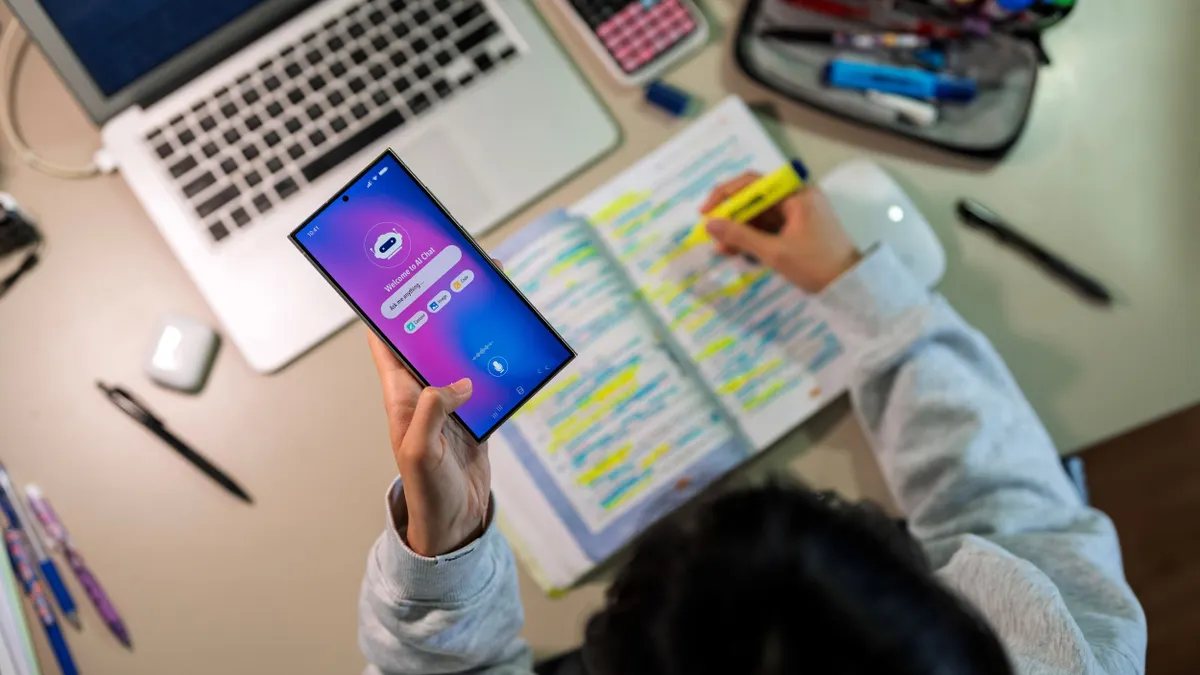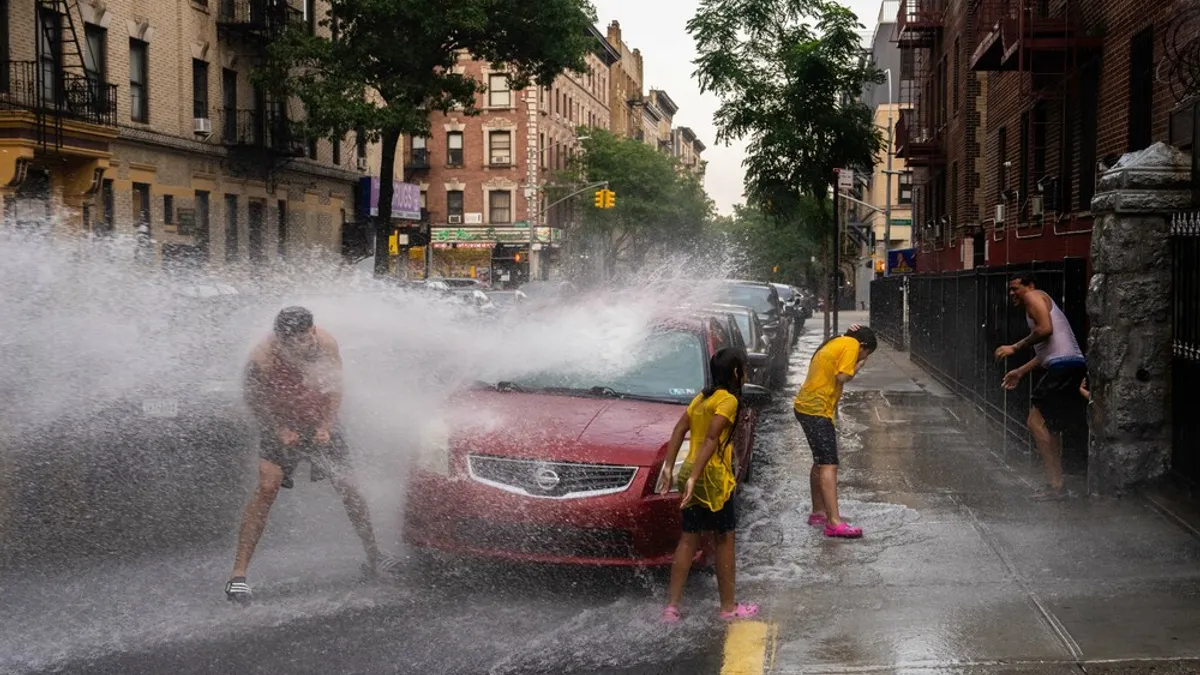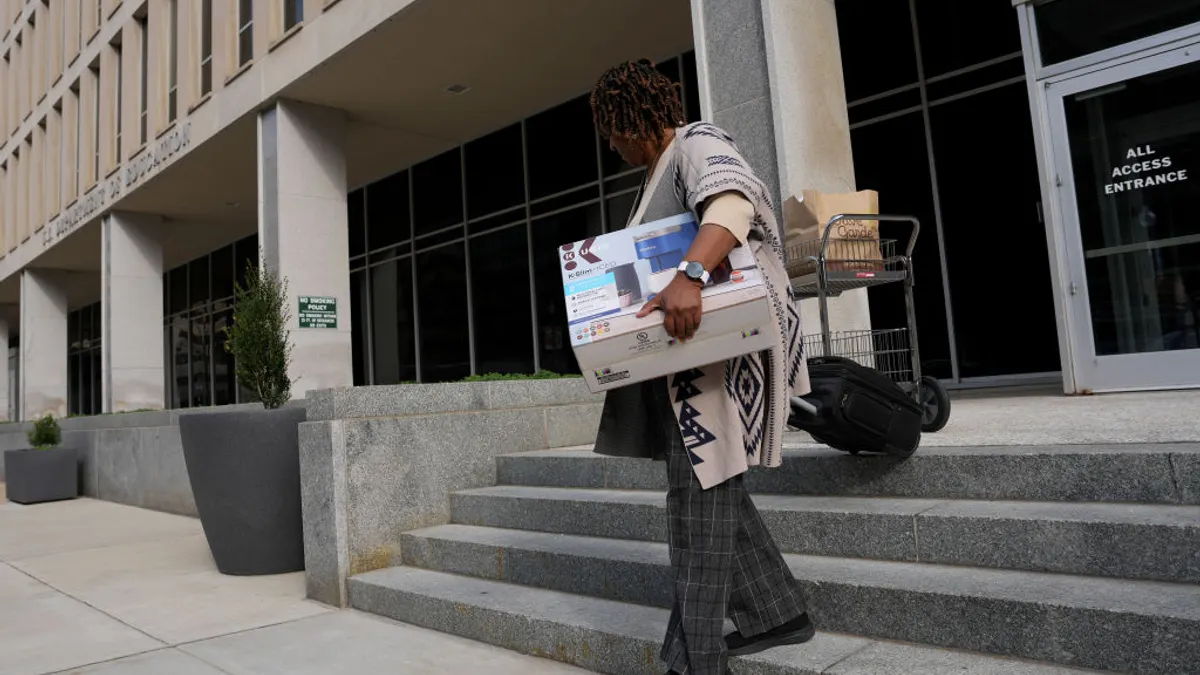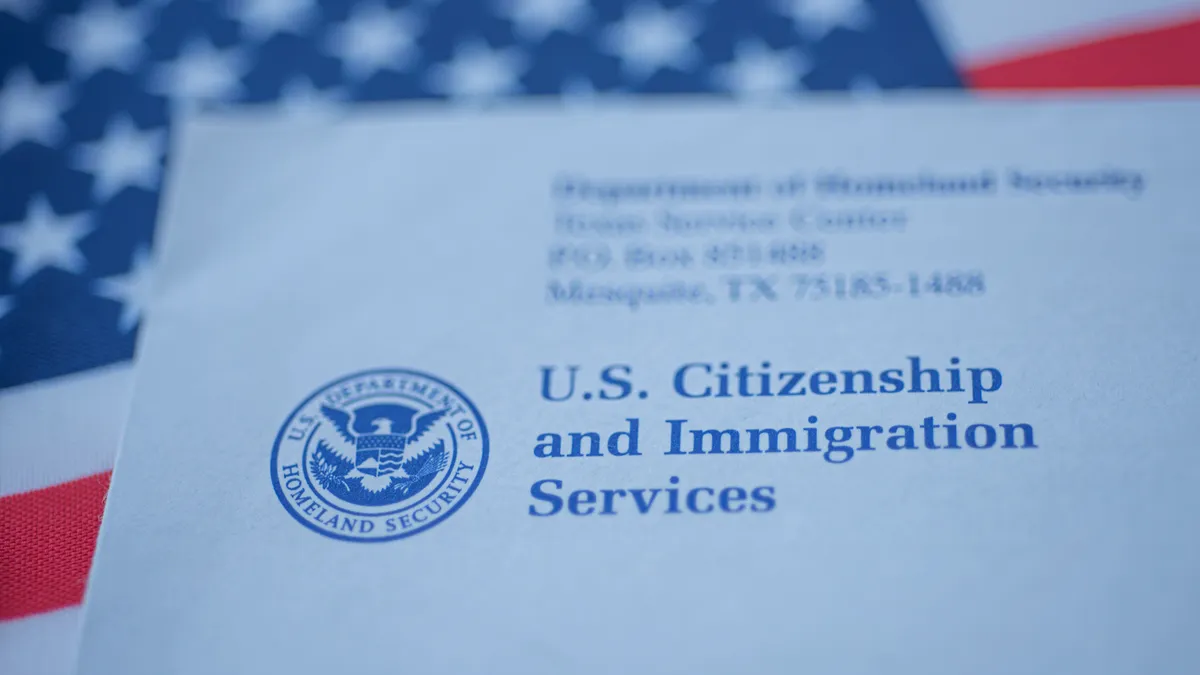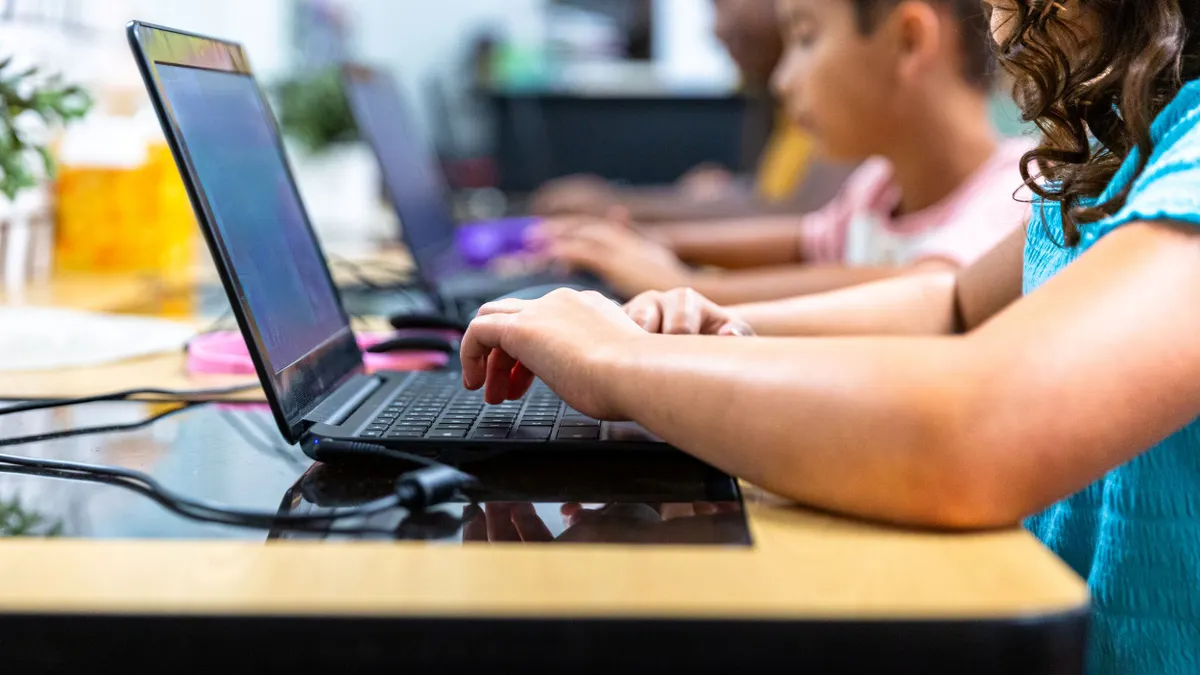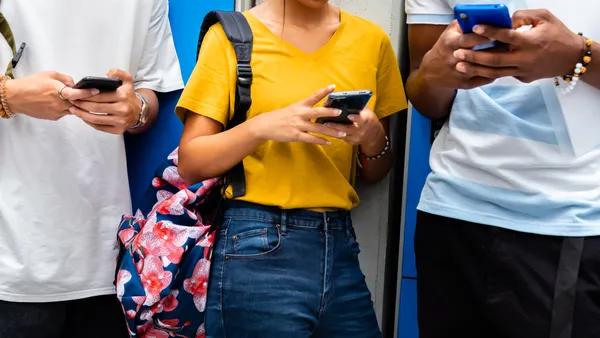Arts education has been on the wane for several years as focus shifts to more technical subjects. The rise of computer technology drew on skills traditionally developed in math and science classes, and withering budgets further influenced schools to cut back or eliminate arts classes.
But today, some districts and education policymakers are trying to change course as evidence mounts that many of the skills valued in the current economy are best developed in art class. Those efforts are getting some support from the feds and are poised to get more if Congress successfully passes its No Child Left Behind reauthorization.
This summer, the White House expanded a program called the Turnaround Arts Initiative, which supports arts education in America’s most underrepresented schools. The Senate version of the NCLB rewrite currently in conference contains language that maintains art as a core education subject, making arts education eligible for federal grants and support. It also establishes a new arts and literacy initiative.
According to Americans for the Arts, the Senate rewrite included 11 separate arts-friendly provisions. (The House version of the bill was less positive, removing arts from the core subjects and ending certain funding sources.)
But there’s also some evidence that schools and districts should be making the arts an even bigger part of curriculum than they are. Multiple studies have found that arts instruction, from painting to music, can improve students’ cognitive skills and provide a positive outlet for students that is often lacking in schools.
For example, research published last fall in the Journal of Neuroscience demonstrated that students who receive more than a year of arts instruction saw boosts to the neural systems behind language development. In an op-ed for Education Week, arts education researcher Jay P. Greene and his colleagues detailed the various benefits they’ve quantified in looking at how arts experiences affect students. The results: increased empathy and tolerance, observation, and critical thinking skills.
“Arts experiences boost critical thinking, teaching students to take the time to be more careful and thorough in how they observe the world,” they wrote.
And the arts may provide a unique opportunity for student-driven learning. A report from the Wallace Foundation last year detailed a number of ways for educators to encourage students to pursue their own creative interests. The authors pointed out that technology and the generative nature of the Internet provides students ample opportunities to explore independently; schools can nurture those tendencies through creative uses of school devices and portfolio-based assessments.
On top of that, in the current high-stakes testing environment, arts’ positive effects could be big enough to make a difference on test scores. A note of caution: many experts warn against reading too much into the effects of art on test scores, thanks to the variety of complicating factors and lack of consistent results.
Still, a report released in 2014 on Turnaround Arts schools found that students at schools with the added arts programming improved more quickly than students who attended turnaround schools that didn’t. In reading, these students saw math scores rise nearly 23%, compared with 16% at other turnaround schools; the reading scores also increased 13% at schools with the arts funding, compared to roughly 6% elsewhere. Students also attended class more frequently and were suspended less often.
The number of art classes in American schools has been declining for decades, though arts education isn’t gone yet. Making it work is challenging, but there are a few ways districts can adapt to the changing face of arts education.
1. Untraditional avenues
In some schools, art finds its way into the classroom via non-traditional avenues, like shop class. Schools are turning to so-called “maker spaces” that encourage creativity from students, whether in the form of wobbly tables built by 10-year-olds or collages patched together by pre-schoolers.
2. Capitalize on extra hours
Schools can work with community groups to offer after-school programming at a low cost. Many opportunities may come outside of school hours, as districts experiment with longer days to boost student learning. Some schools are extending their hours specifically to add arts classes and could soon get additional backing: The Senate NCLB rewrite includes boosts to after-school programming, which often includes the arts.
3. Creative budgeting
Some districts are trying to figure out on their own how to spread limited arts education dollars further. For example, Los Angeles is testing out a controversial plan that would enroll more students in shorter art classes.
4. Accountability
Some arts advocates are pushing for arts-related accountability measures. Twenty-five states, plus the District of Columbia, required art courses in order to graduate in 2014. In Colorado, which does not, Denver overhauled its art standards to create a developmentally-appropriate learning trajectory for students and has been testing out art assessments that can take place without interrupting students’ learning. And some schools are testing out portfolio-based evaluation models that could include art projects in a way that straight test scores can’t.
Would you like to see more education news like this in your inbox on a daily basis? Subscribe to our Education Dive email newsletter! You may also want to read Education Dive's look at how tech-driven learning can benefit students with disabilities.








